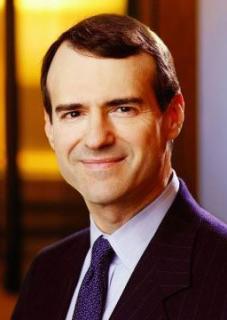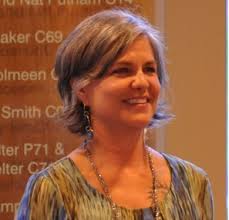In 1983, the Reform Movement made the decision to grant any child born of a Jewish father automatic membership in the Jewish People, a policy otherwise known as patrilineal descent. Indeed, the decision of the Central Conference of American Rabbis was truly radical: it “transformed the halachic formulation of ‘the child of a Jewish mother’ to the ‘chile of a Jewish parent’” in delineating the transmission of Jewishness from one generation to the next; moreover, it stipulated that no child, whether born of a Jewish father or mother, was officially Jewish until he/she complete a bar/bat mitzvah or engaged in public acts or ceremonies of Jewishness. The impact was immediate: conversions to Judaism dropped by 75%. Following the patrilineal descent decision, only 5% of non-Jewish fiancé(e)s in prospective intermarriages converted to Judaism. The ancient Jewish club now had some members who did not recognize other club member, creating confusion. Worse still, the overwhelming majority of those granted this new club membership threw away their membership cards. As a result, membership in the Jewish club has been profoundly devalued.
Though the Reform Movement instituted patrilineal descent as a means to combat the problem of poor Jewish identity among children of intermarriage, the result has been the exact opposite. Among the 30% of mixed marriages who are raised as Jews, the vast majority had Jewish mothers. Even when the Jewish parent desires to raise the children as Jews, this is only likely to happen when the Jewish parent is a woman. This may seem surprising since the child of a Jewish father most often carries the father’s name and is frequently assumed to be Jewish by acquaintances. Nevertheless, the factual evidence is clear: whether by virtue of genes, tradition or culture, Jewish mothers are much more effective at transmitting Judaism to their children than Jewish fathers even if they so desire.
Scott A. Shay, Getting Our Groove Back: How to Energize American Jewry, 2nd ed. (Jerusalem & New York: Devora Publishing, 2008), 155.

